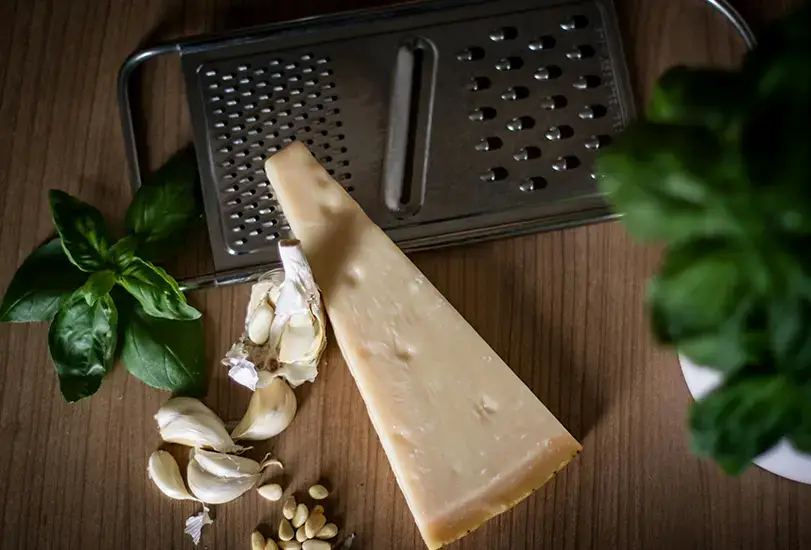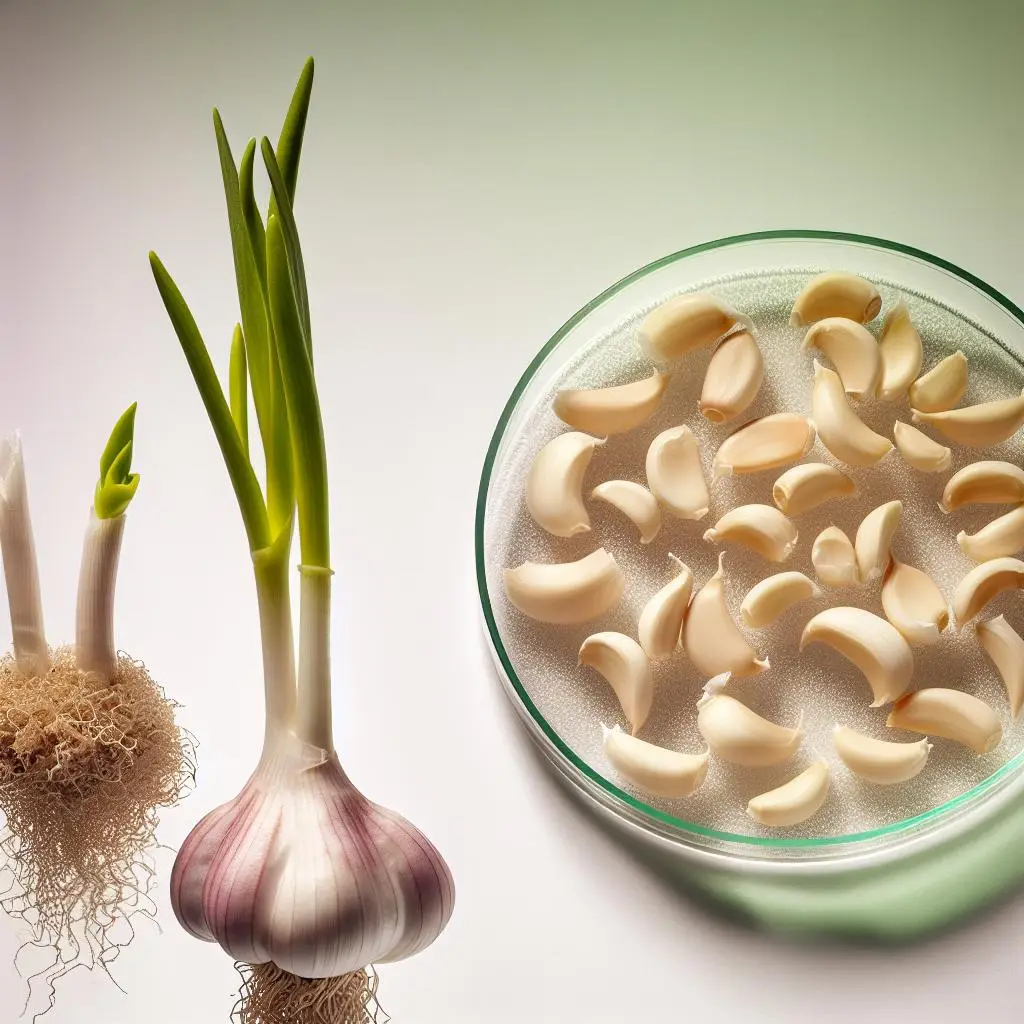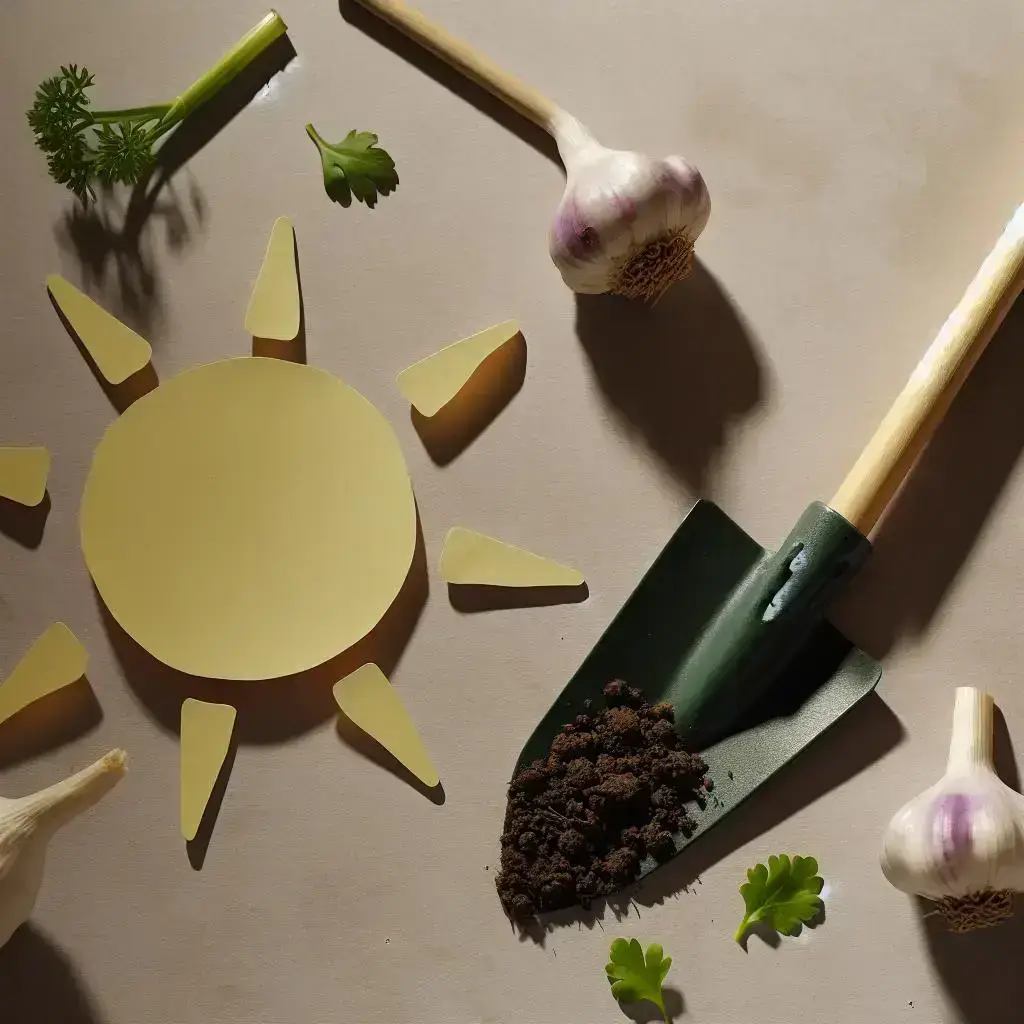Garlic is one of those rare plants that has followed humanity through every major chapter of history. Long before modern nutrition labels and clinical trials, garlic was already known, used, and trusted by people across the world.
It has travelled with armies, powered builders of civilisations, crossed continents with merchants, and earned its place in sacred texts and scientific journals alike.
This is not just the story of garlic. It is the story of us.
The Ancient World Knew Something We Forgot
In ancient Egypt, garlic was not just food. It was fuel. Labourers who built the pyramids were given daily rations of garlic to increase strength and prevent illness. The Ebers Papyrus, a medical text from around 1550 BCE, lists garlic as a treatment for over 20 conditions, including heart disease, parasites, and fatigue.
Garlic was even placed in the tomb of Tutankhamun, a sign of its value not only in life, but also in death.
The Greeks followed a similar path. Hippocrates, often called the father of modern medicine, prescribed garlic for digestive issues, respiratory problems, and wound healing. He wrote of garlic as both tonic and treatment.
In Rome, garlic was a soldier’s companion. Roman troops consumed it before battle to gain courage and physical strength. For them, garlic was performance enhancement long before science could explain it.
Across Civilisations, a Shared Understanding
What is remarkable is that garlic became essential in cultures that had no contact with each other. In ancient China, garlic was used in traditional medicine to improve circulation and fight infections. Ayurvedic texts in India describe garlic as a “rasayana” or rejuvenator, especially for the heart and lungs.
In Islamic tradition, garlic is referenced in Hadith and known for its healing properties. Persian and Arab physicians used it in ointments and poultices and prescribed it for everything from joint pain to asthma.
Even in Mesoamerican cultures, wild garlic varieties were used in herbal preparations, though less centrally than in Eurasian systems.
None of these civilisations had clinical trials. Yet all of them arrived at the same conclusion: garlic heals.
The Middle Ages: Garlic and Survival
During the Middle Ages, garlic’s reputation was mixed. It was both medicine and myth. In plague-ridden Europe, garlic was worn around the neck to ward off illness. While this may seem superstitious today, recent studies confirm that garlic’s antimicrobial properties were real enough to make a difference in unsanitary times.
Garlic was also used to treat wounds, particularly in battlefield medicine. Mixed with wine and other herbs, it was one of the few reliable antiseptics available to physicians and surgeons in a pre-antibiotic world.
And then there is the folklore. Garlic was believed to repel evil spirits and vampires, a symbolic echo of its ability to protect the body from harm. The metaphor may have outlived the science in popular imagination, but it had a root in something real.
Enlightenment to Empire: Garlic in Transition
With the rise of science and pharmacy in the 17th and 18th centuries, garlic began to lose ground to synthesised medicine. Still, it remained in use among herbalists, rural communities, and traditional healers. It was affordable, accessible, and easy to grow. In many parts of the world, it was still a first line of defence.
During World War I and II, garlic made a comeback. With shortages of antiseptics and antibiotics, field medics used crushed garlic to treat wounds and infections. This earned garlic the nickname “Russian penicillin” for its widespread use in the Soviet military.
Even in the most modern of conflicts, garlic proved itself under pressure.
From Home Remedies to Clinical Trials
The second half of the 20th century brought garlic back into scientific focus. Researchers began to isolate the compounds that ancient cultures had unknowingly relied on: allicin, alliin, diallyl sulphides, and more.
Clinical trials in the 1980s and 90s confirmed that garlic lowers cholesterol, supports the immune system, and reduces blood pressure. By the early 2000s, garlic had gone from folk remedy to functional food.
Today, garlic is one of the most studied natural substances in the world, with applications ranging from heart health and cancer prevention to gut health and anti-ageing. It is used in both conventional and complementary medicine, often bridging the gap between the two.
Garlic is not alternative. It is foundational.
Garlic in the Modern Kitchen and Pharmacy
Today, garlic is more versatile than ever.
In the kitchen, it continues to inspire. It brings depth to sauces, complexity to roasts, and soul to street food. Black garlic, smoked garlic, fermented garlic, and garlic confit have taken this humble ingredient into gourmet territory.
In pharmacies and health shops, garlic now appears as aged extracts, capsules, tinctures, oils, powders, and sprays. It is marketed for heart health, immune defence, energy, and detox.
While much of the supplement industry is driven by trends, garlic’s place is earned. People keep using it because it keeps working.
The Message Behind the History
What makes garlic so enduring is not just what it does, but what it represents.
Garlic reminds us that health is not always found in complexity. That food and medicine do not need to be separate. That what we eat, when grown well and used wisely, can be our strongest form of protection.
It is also a story of trust. For thousands of years, people have passed down knowledge about garlic. Across continents and belief systems, the message has remained the same: garlic supports life.
Looking Back to Move Forward
Garlic is often seen as common, even humble. But its story is anything but. It has played a quiet role in human survival, strength, healing, and culture.
In an age where many are searching for natural, accessible, and effective ways to support health, garlic offers a simple truth: what worked then, still works now.
So the next time you reach for garlic, think not just of flavour. Think of history. Think of medicine. Think of connection. And think of the fact that you are holding the same ingredient that helped build pyramids, marched with armies, cured wounds, and protected generations.
That is the kind of legacy no lab can replicate.

















